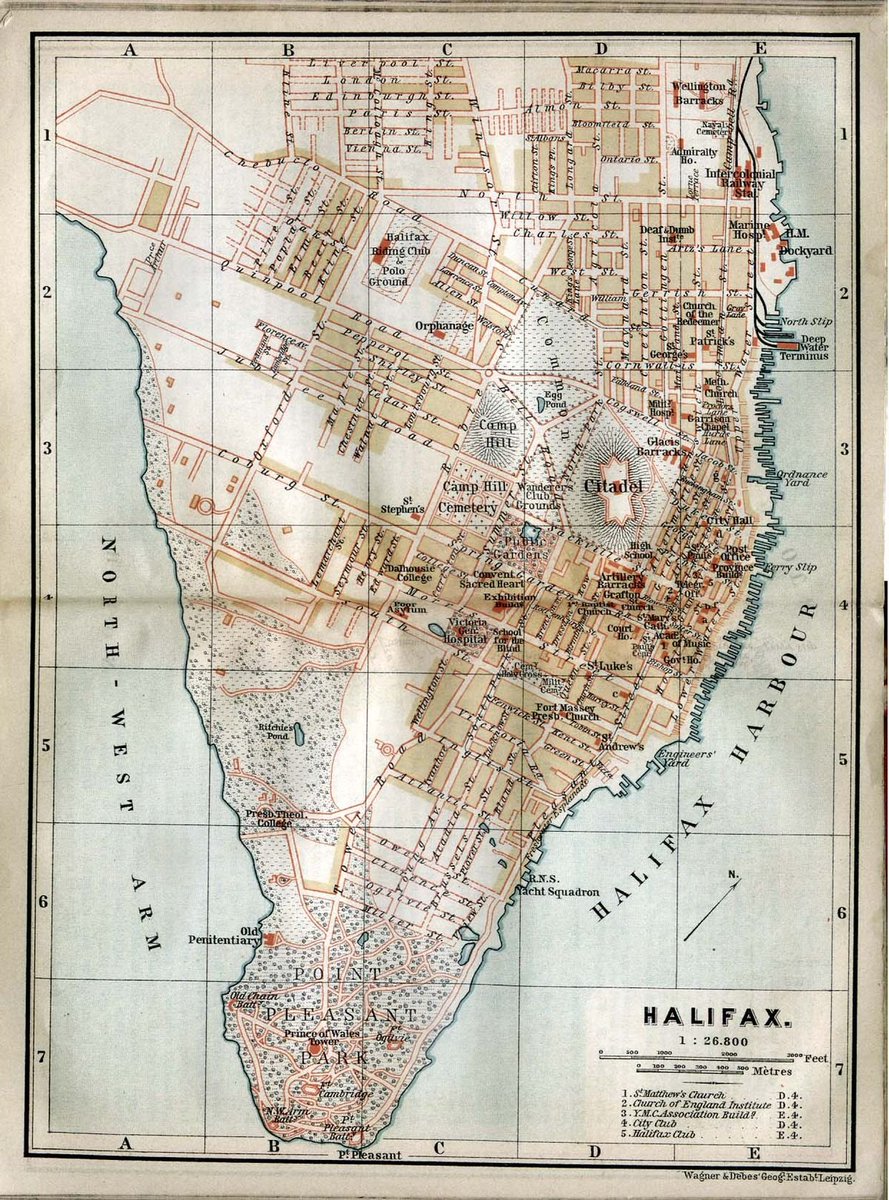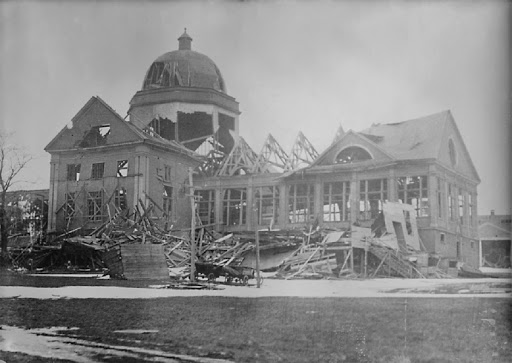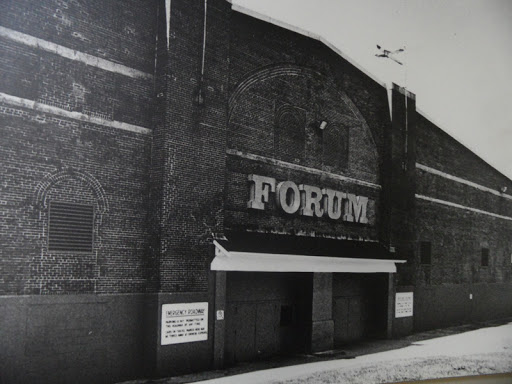Halifax streets may not be paved with gold but some have gold under them!
In the 1800s prospecting on peninsular #Halifax found quartz veins containing small amounts of #gold:
• A 3-inch wide vein near the corner of Oxford Street and Quinpool Road.
#nspoli #cbpoli #novascotia
In the 1800s prospecting on peninsular #Halifax found quartz veins containing small amounts of #gold:
• A 3-inch wide vein near the corner of Oxford Street and Quinpool Road.
#nspoli #cbpoli #novascotia

• A 2-inch vein on Louisburg St. between Shirley and Linden. (The name Louisburg St. no longer exists but it’s shown on the 1890 map below near Camp Hill. It may have been an early name for Garden or Vernon but the area has changed so much that it’s hard to be sure.)
#nspoli
#nspoli

• A vein between Pepperell and Shirley streets just east of Preston Street.
#Gold was also found between Lockman and Upper Water streets, south of North street. (Barrington Street used to be made up of four sections...
#nspoli #cbpoli #novascotia
#Gold was also found between Lockman and Upper Water streets, south of North street. (Barrington Street used to be made up of four sections...
#nspoli #cbpoli #novascotia

...The portion south of #SpringGardenRoad was called Pleasant Street, the downtown portion was Barrington, the portion north of downtown was Lockman Street and the portion beyond North Street was Campbell Road.)
#nspoli #cbpoli #novascotia
#nspoli #cbpoli #novascotia

In 1897, A 16-inch vein was found while the foundation was being dug for a grandstand at the new Provincial Exhibition Grounds between Almon, Windsor, and Young Streets.
#nspoli #cbpoli #novascotia

#nspoli #cbpoli #novascotia


The exhibition grounds before 1897 were downtown at the corner of Morris Street and Cathedral Lane (formerly Tower Road), where All Saints Cathedral currently stands. The map below shows the original location.
#nspoli #cbpoli #novascotia
#nspoli #cbpoli #novascotia

The 1897 exhibition, at its new home, showcased industries from all over the province, including a 3-stamp #gold mill from the Windsor Foundry Company.
#nspoli #cbpoli #novascotia
#nspoli #cbpoli #novascotia

It was suggested, jokingly, that the vein by the grandstand should be mined so both mining and processing could be demonstrated at the exhibition.
The exhibition drew crowds of over 60,000 that year and a visit from Prime Minister Sir Wilfred Laurier.
#nspoli #cbpoli #novascotia
The exhibition drew crowds of over 60,000 that year and a visit from Prime Minister Sir Wilfred Laurier.
#nspoli #cbpoli #novascotia

On December 6, 1917, the exhibition building was destroyed by the #HalifaxExplosion. Temporary apartments were built on its grounds soon after, housing approximately 2,200 people.
In 1927 the #Halifax Forum was built on part of the former exhibition grounds.
#nspoli #cbpoli

In 1927 the #Halifax Forum was built on part of the former exhibition grounds.
#nspoli #cbpoli


• • •
Missing some Tweet in this thread? You can try to
force a refresh



























